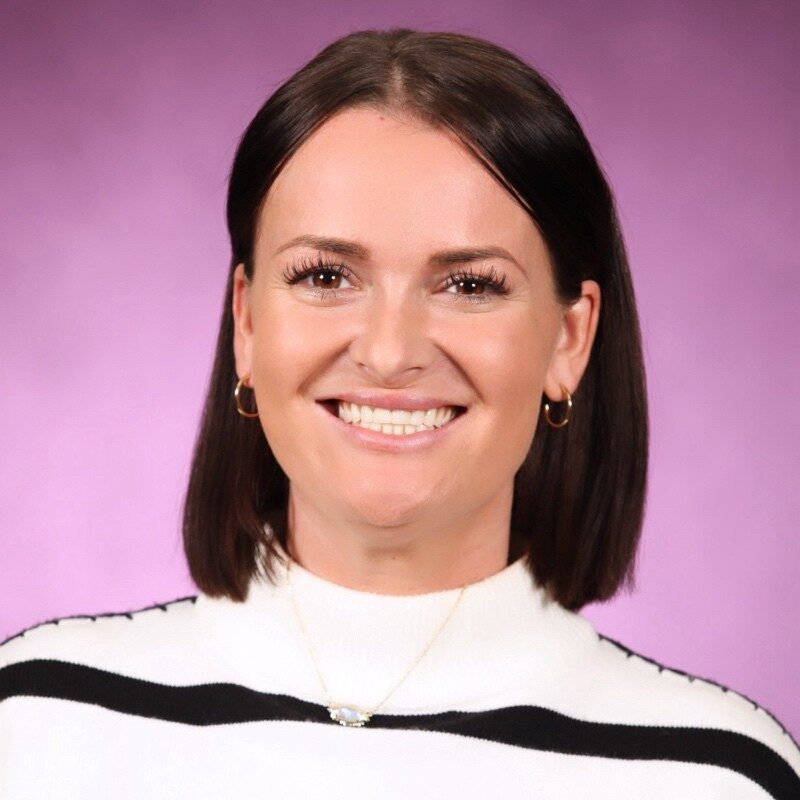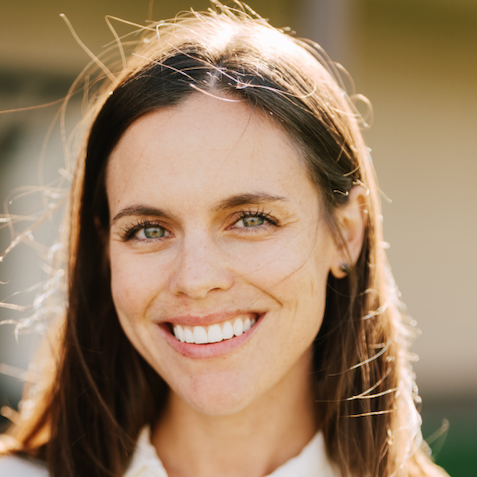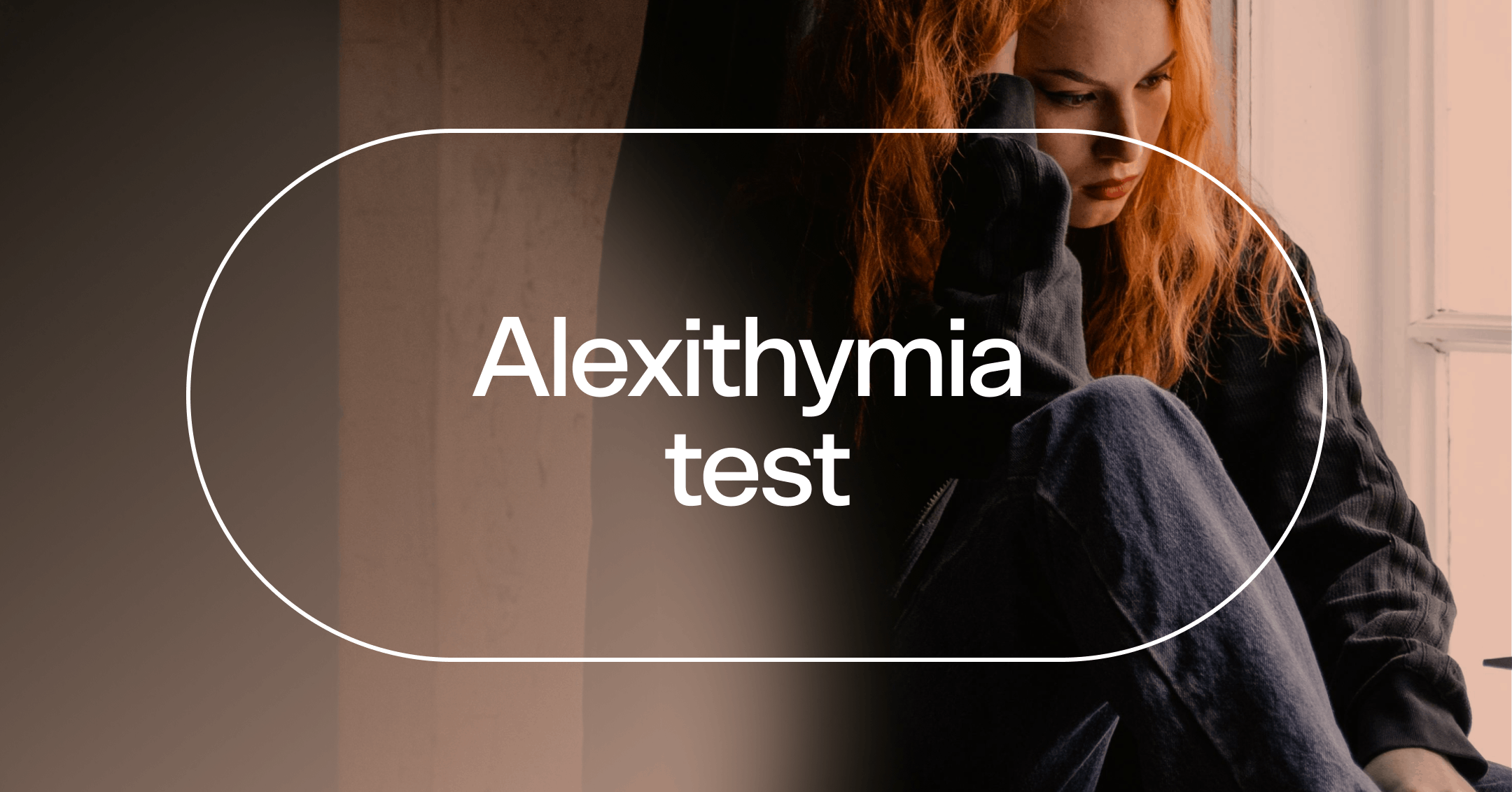Aroace, or aromantic asexual, refers to people who experience little or no sexual or romantic attraction to other people.
People who identify as aroace can still enjoy committed and meaningful connections, but they might look a little different from traditional relationships.
Working with a therapist who specializes in LGBTQIA+ care can help you understand your desires and needs, increase self-acceptance, and set healthy boundaries in your relationships.
Your sexual orientation refers to who you’re attracted to or want to be in a relationship with. Examples include gay, straight, lesbian, and bisexual. One term you might be less familiar with is “aroace.”
Aroace, or aromantic asexual, describes people who experience little or no sexual and romantic attraction to others. If this resonates with you, learning more about aroace identities can help you increase self-acceptance and cultivate meaningful connections in your own way.
What it means to be aroace
Aroace refers to people who identify as both aromantic and asexual. Before diving into what it means to be aroace, it’s helpful to understand these two terms.
Aromantic: Most people who are aromantic, or “aro,” don’t experience romantic attraction or a desire for romance. They can still experience sexual attraction but aren’t typically interested in exploring intimate romantic relationships.
Asexual: People who are asexual, or “ace,” experience little or no sexual attraction to other people. They may choose to have sex, never have sex, or only have sex in specific situations.
Sexual and romantic orientations exist on a spectrum. People can be asexual but not aromantic, aromantic but not asexual, or identify as both. Each person’s experience is unique. There’s even variability within the aroace spectrum, with some people never experiencing sexual or romantic attraction and others experiencing it in very specific situations.
Dig deeper:
People who identify as both aromantic and asexual might:
Find it difficult to imagine being in love or in lust
Value strong platonic relationships over sexual or romantic connections
Be attracted to someone’s personality or appearance but not attracted to them sexually or romantically
That said, you can still enjoy meaningful connections with others. You might have friendships, partnerships, and/or a chosen family. You can also experience queerplatonic relationships — committed relationships based on a deep emotional connection. People in queerplatonic relationships often share their lives in significant ways, like living together or raising a family, but without sex or romance.
The care you need, when you need it
Learn how Rula can support your mental health journey
What to know about being aroace
Most people in the U.S. identify as heterosexual, meaning they’re physically and romantically attracted to people of a different gender than their own. But no matter your sexual orientation, it’s increasingly common to explore sexual and romantic relationships with one or multiple partners.
Knowing you’re not interested in romantic or sexual connections can be isolating, confusing, and distressing. You may question whether you’re being selfish or if your feelings are the result of unmanaged trauma or physical health concerns — like hormone imbalances or thyroid issues. You may also wonder if there’s anything you can do to change this part of you, but that question often comes from societal pressure — not from something being wrong.
That said, aromantic, asexual, and aroace are all recognized identities within the LGBTQIA+ community. And, according to some research, 19% of asexual people also identify as aromantic.
Being aroace is a natural part of who you are and something to embrace. Learning to recognize what you want and need from other people can be an empowering step in improving your mental health, relationships, and overall quality of life.
Guidance for your self-discovery of aroace identity
For some people, identifying as aroace can feel like a weight lifted off their shoulders. Even if you’re unsure about how to proceed, there’s comfort in knowing that your feelings and experiences are valid.
If you’re learning about aromantic asexuality or are uncertain where you fall on the spectrum, consider the following questions:
Have you ever had a romantic relationship?
Do you want a romantic relationship?
Do you seem less interested in romantic relationships than your friends?
Do you experience sexual attraction?
Do you want to have sexual experiences with other people?
What does a fulfilling relationship look like to you?
Once you’ve accepted your aroace identity, you might consider coming out to others. There’s no right or wrong way to share your sexual or romantic orientation, so choose a time, person, and place that feels safe and comfortable for you. And remember, there’s no rush, so you can wait to come out until you’re ready. Coming out can be emotional, so also remember to show yourself compassion and prioritize your mental and emotional well-being throughout the process.
Many people also benefit from meeting with a mental health professional. Even if you don’t consider yourself to be part of the LGBTQIA+ community, working with a therapist who specializes in LGBTQIA+ care can help you cultivate self-acceptance, process uncomfortable emotions, and build a life that’s authentic to you.
Therapy can provide people with the skills to create meaningful relationships. For example, you might learn how to set healthy boundaries that honor your preferences and prioritize your well-being. Therapy can also improve your emotional regulation and communication skills.
It can feel confusing or lonely to not fit into typical ideas about sex or romance, but therapy offers a space where you’re accepted as you are. A therapist can help you start to feel more at peace with your truth.

Brandy Chalmers, LPC
Clinical reviewer
Find care with Rula
When it comes to therapy, it’s important to find a mental health professional who understands and celebrates your unique experience, needs, and preferences. Having a safe place to feel seen and heard can help you embrace your authentic identity and explore connections that feel meaningful to you.
At Rula, we’re committed to delivering a comprehensive behavioral health experience that helps people feel seen and understood so they can get back to feeling their best.
Rula makes it easier to find a licensed therapist or psychiatric provider who accepts your insurance so you don’t have to choose between affordable care and excellent care. With a diverse network of more than 15,000 providers, 24/7 crisis support, and appointments available as soon as tomorrow, we’re here to help you make progress — wherever you are on your mental health journey.
Rula's editorial process
Rula's editorial team is on a mission to make science-backed mental health insights accessible and practical for every person seeking to better understand or improve mental wellness.
Members of Rula’s clinical leadership team and other expert providers contribute to all published content, offering guidance on themes and insights based on their firsthand experience in the field. Every piece of content is thoroughly reviewed by a clinician before publishing.




